Penguins are often regarded as the charismatic icons of the animal world, captivating the hearts of many with their comical waddles and endearing tuxedo-like appearance. However, beyond their charming exterior lies a fascinating ability to thrive in some of the planet’s harshest environments. In the icy realms they call home, these birds endure bone-chilling temperatures with apparent ease. The secret to their survival lies in a remarkable biological superpower that allows them to stay warm amidst freezing waters.
The Enigma of Penguin Physiology
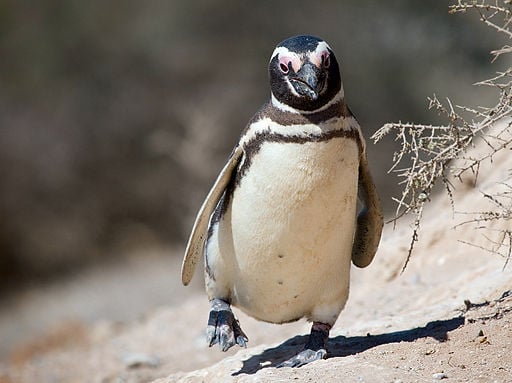
Penguins, belonging to the family Spheniscidae, are flightless seabirds primarily found in the Southern Hemisphere. Despite their lack of flight, they possess an array of specialized adaptations that enable them to navigate their frigid habitats. One of the most crucial aspects of their survival is their unique physiology, particularly their ability to conserve body heat while submerged in icy waters.
Feathers

The first line of defense for penguins against the cold is their feathers. Unlike most birds, penguins boast densely packed feathers that overlap to create a waterproof barrier. These feathers, coated in a layer of oil secreted from a gland near the tail, help keep water away from the skin, maintaining dryness and, consequently, warmth.
A Dense Undercoat for Insulation

Beneath their slick outer feathers, penguins have a dense layer of down. This down layer acts as a formidable insulating shield, trapping warm air close to the body. This biological adaptation allows penguins to maintain their body temperature even when diving in freezing waters, a testament to nature’s ingenuity in engineering warmth without excessive bulk.
The Marvel of Blubber

Underneath their feathery exterior, penguins possess a thick layer of blubber. This adipose tissue is not just a reserve of energy; it also serves as an additional insulating layer, further fortifying penguins against the relentless cold. This layer of fat provides buoyancy and acts as a thermal blanket, allowing penguins to withstand the harshest conditions.
Counter-Current Heat Exchange

One of the most astonishing physiological adaptations in penguins is their counter-current heat exchange system. In this system, warm blood flowing from the penguin’s core warms the colder blood returning from the extremities. This heat exchange minimizes heat loss, a vital adaptation for conserving body heat in extreme environments.
Adjustment to Cold
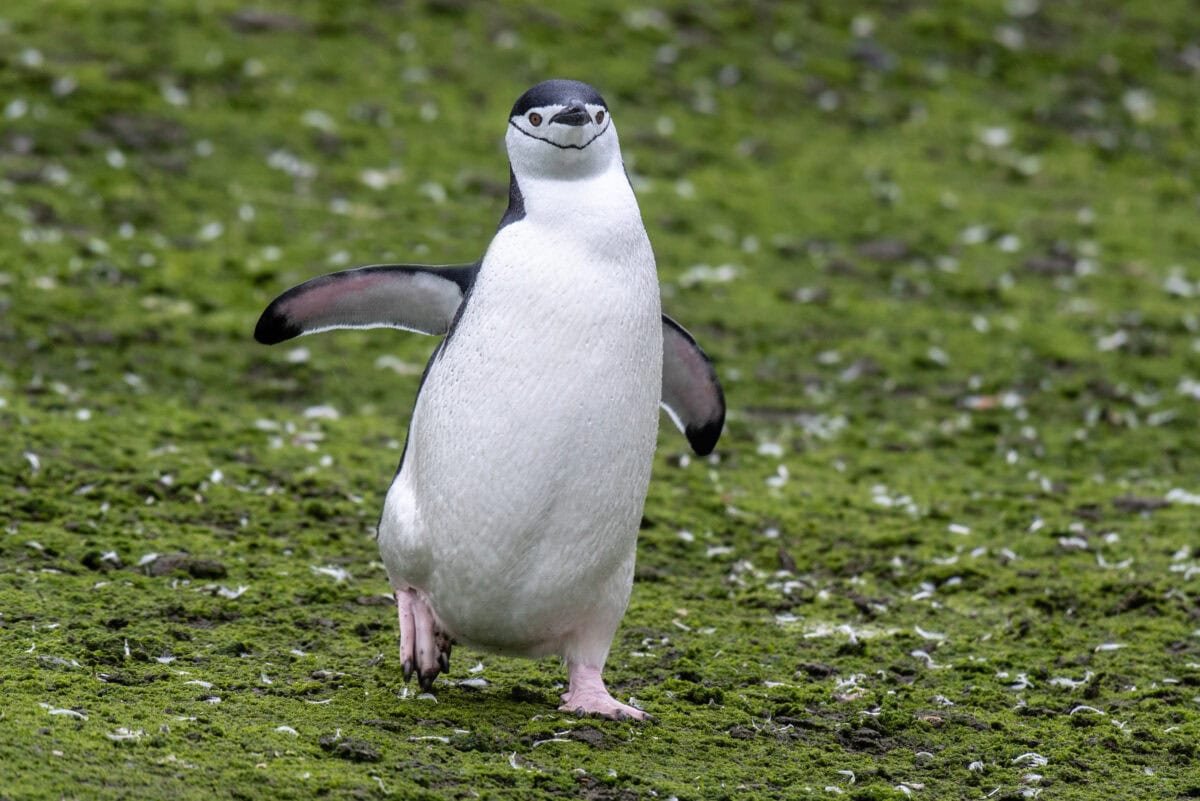
Penguins also possess a high metabolism that generates the necessary heat to regulate their body temperature. By converting food into energy at rapid rates, penguins can maintain warmth even while swimming in frigid waters. This adaptation ensures that they can continue hunting and foraging even in the depths of winter.
Behavioral Adaptations for Warmth

Beyond physiological adaptations, penguins exhibit certain behaviors that aid in keeping them warm. One such behavior is the huddling strategy employed by species like the Emperor Penguin. By forming tightly packed groups, these birds minimize exposure to the wind and conserve heat, demonstrating the power of social adaptation.
The Role of Brown Fat and Thermogenesis
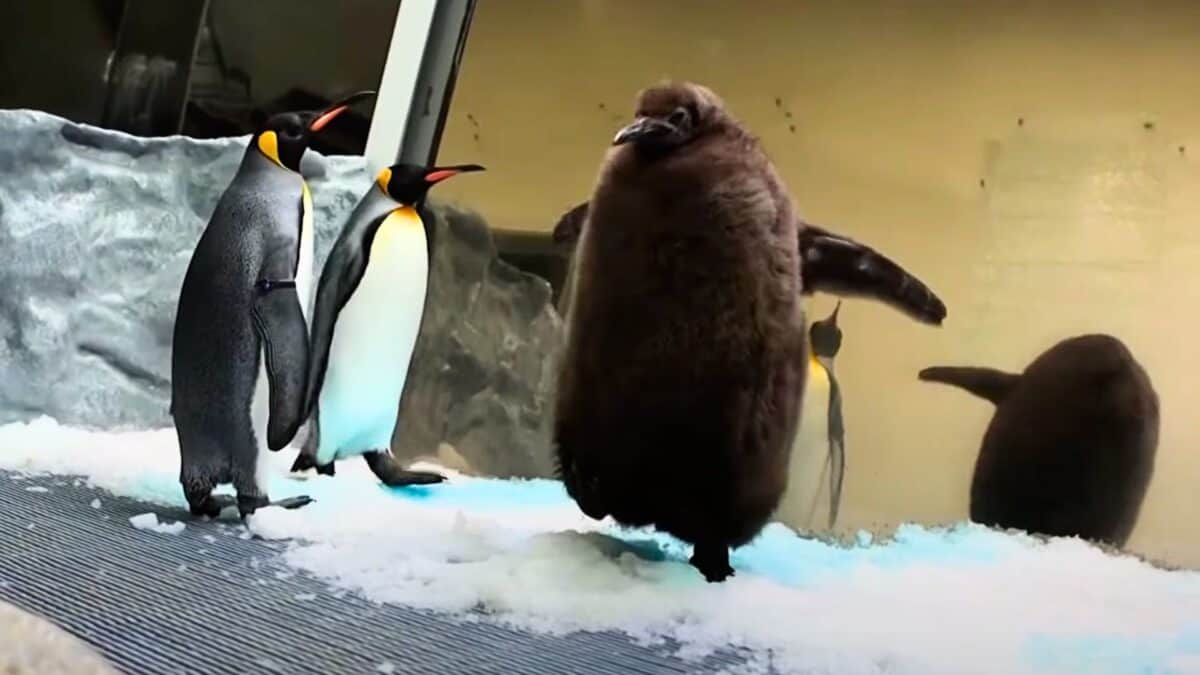
Recent studies suggest that some penguin species possess a type of fat called brown adipose tissue, which generates heat through a process known as thermogenesis. This discovery has expanded our understanding of how these birds sustain warmth, introducing a potential new layer to the multifaceted secrets behind their thermal regulation.
Evolution Tailored for Survival

The evolutionary journey that led to the development of these thermal adaptations is a testament to the selective pressures of the Antarctic environment. Over millions of years, penguins have honed these mechanisms, ensuring their survival against the odds. This evolutionary fine-tuning highlights the resilience and adaptability of these remarkable birds.
Implications for Human Technology
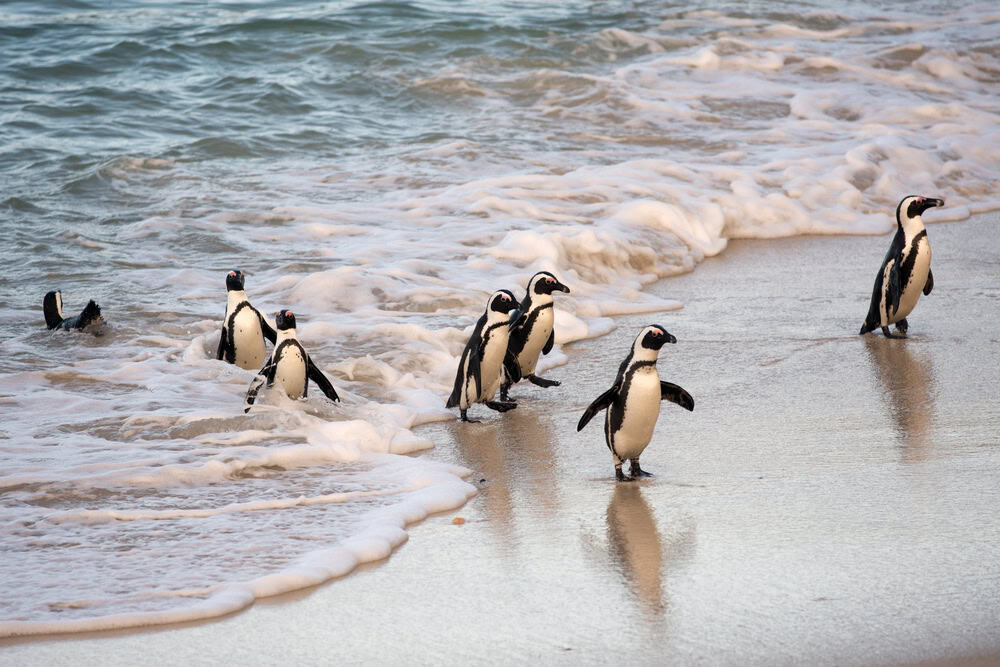
The secrets of penguin insulation are not just of academic interest—they hold potential implications for human technology. Understanding and mimicking these natural design principles could inspire advances in thermal clothing and materials, offering new solutions for human challenges in cold environments.
The Impact of Climate Change

As climate change continues to alter global temperatures, the habitats of penguins face unprecedented challenges. As ice melts and water temperatures rise, these birds may need to adapt once again. Understanding their current adaptations provides a baseline for assessing their future resilience in a rapidly changing world.
Conservation Efforts and the Future
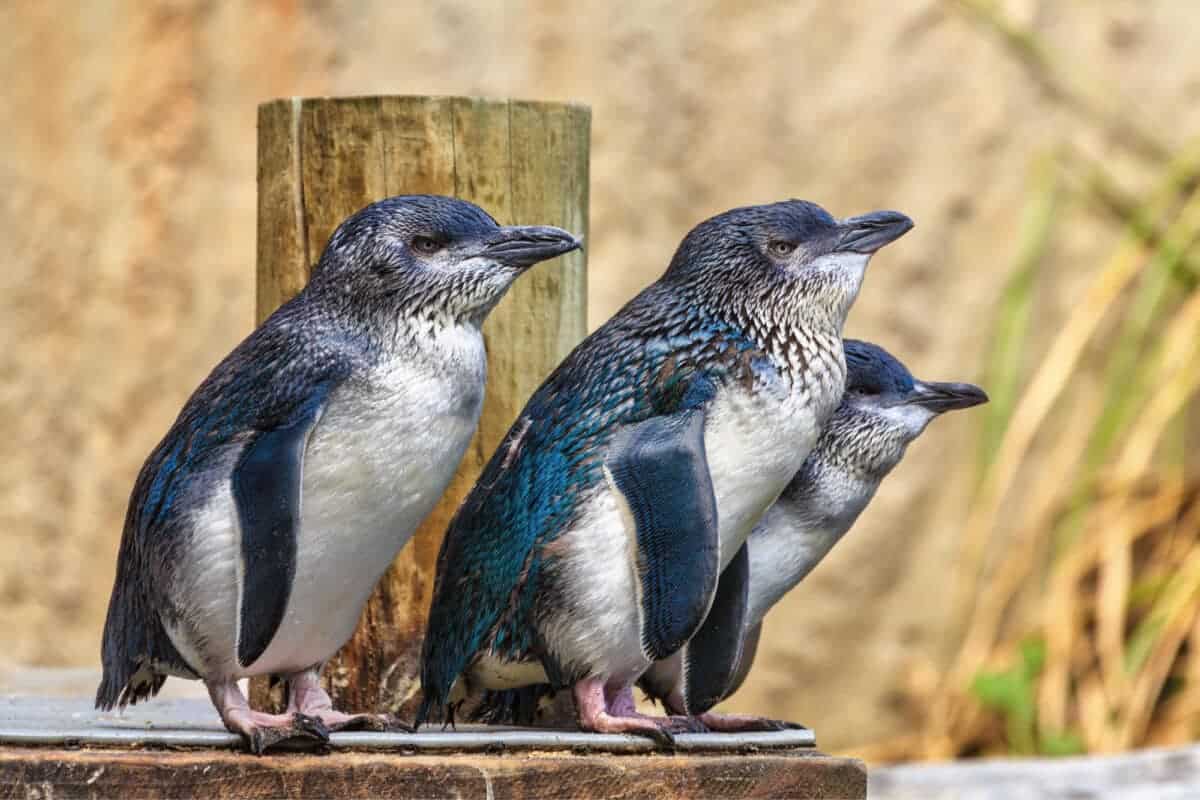
Protecting penguins and their habitats is crucial for ensuring the future of these remarkable creatures. Conservation efforts focus on mitigating climate change, protecting breeding grounds, and addressing human-induced threats. By safeguarding their environment, we can help preserve the intricate web of adaptations that have allowed penguins to thrive for millennia.
Conclusion
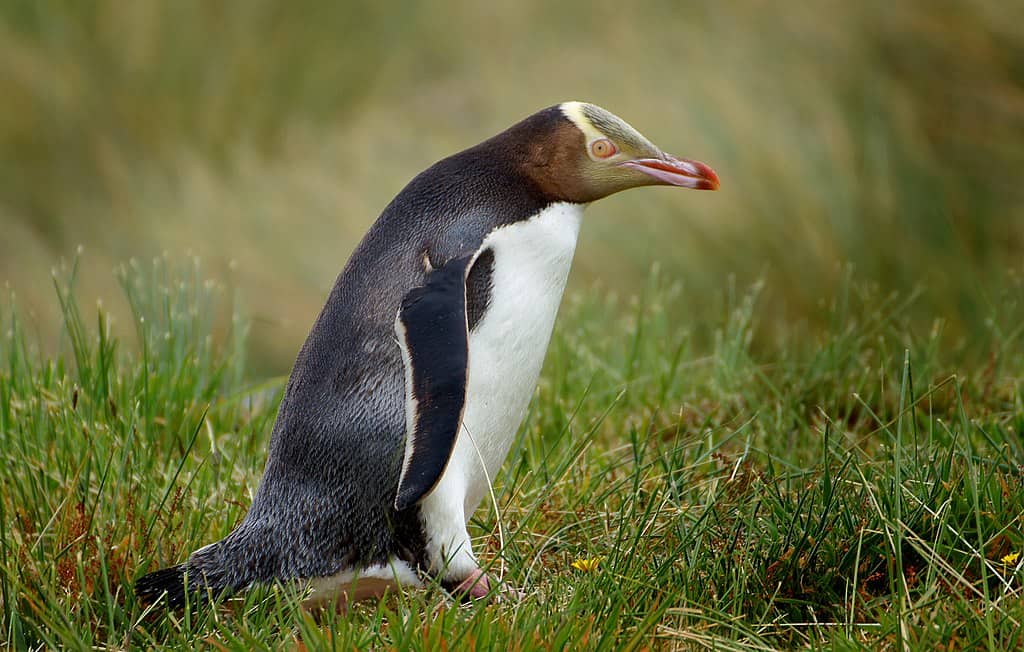
Penguins’ ability to stay warm in freezing waters is a marvel of natural engineering, showcasing the incredible versatility of life on Earth. Through a combination of physical adaptations, evolutionary history, and behavioral strategies, these birds have secured their place in the harshest habitats. As we continue to learn from and protect these extraordinary creatures, we are reminded of the delicate balance that sustains life and the ever-present need to preserve it for future generations.
- Penguins Stay Warm in Freezing Waters With a Secret Superpower - August 11, 2025
- This Bird Migrates Over 7,000 Miles Without Stopping Once - August 11, 2025
- The Biggest Freshwater Fish Ever Discovered - August 10, 2025

